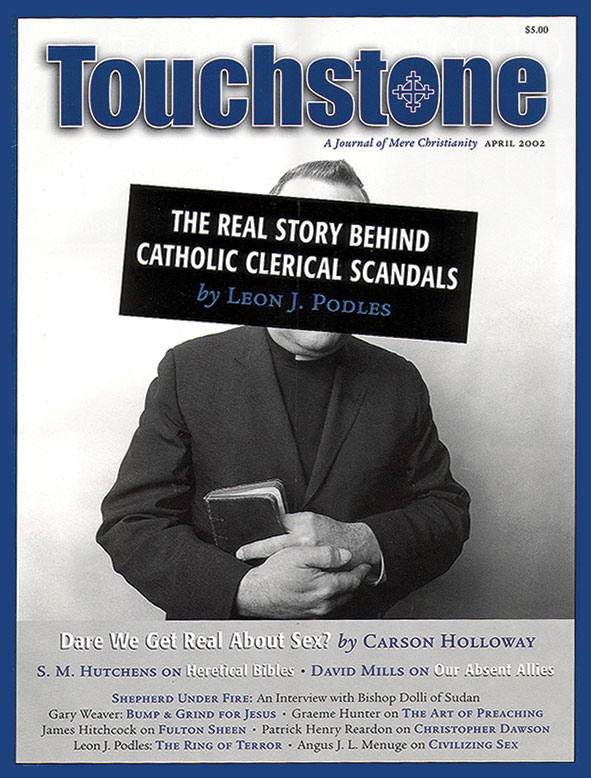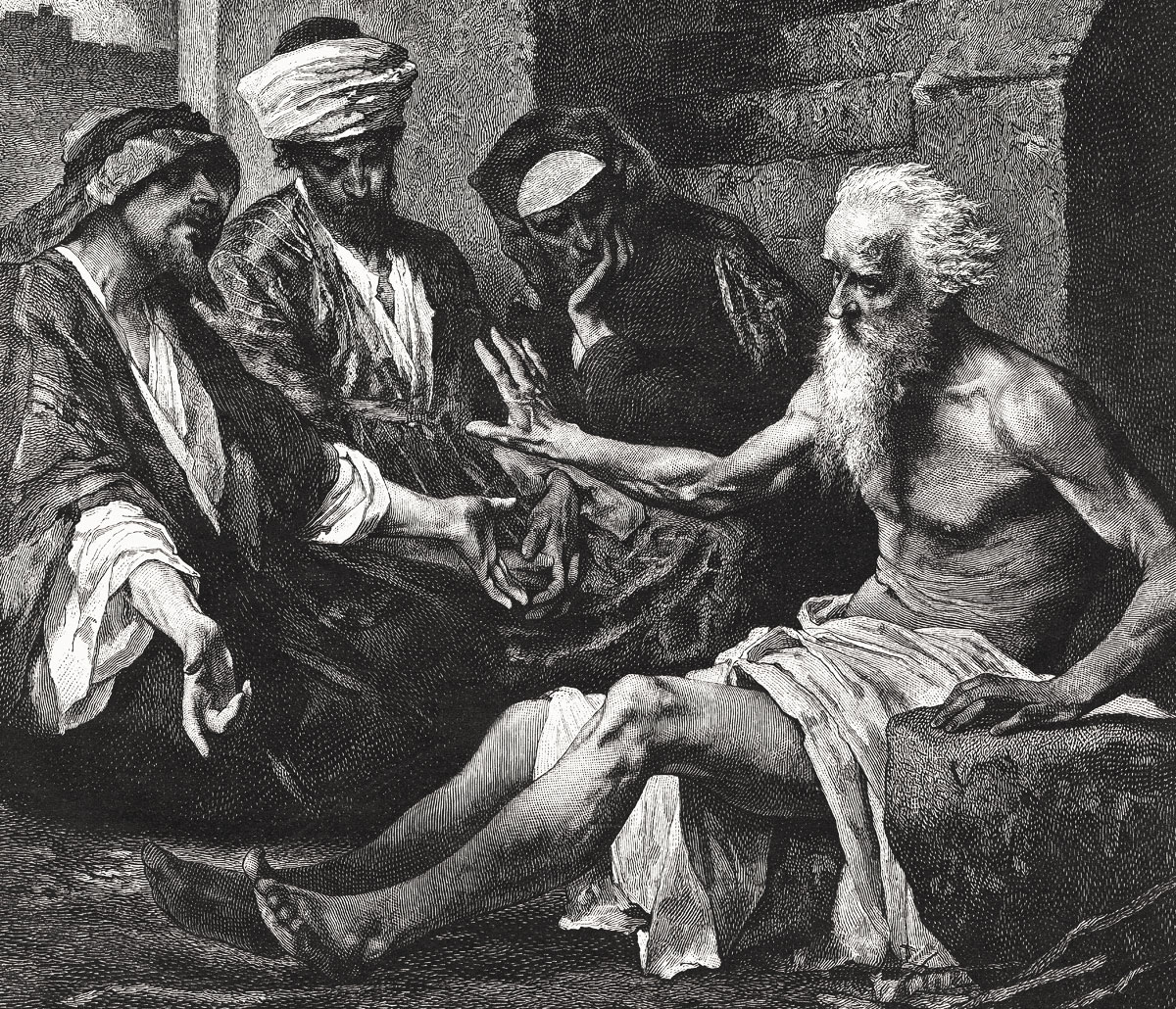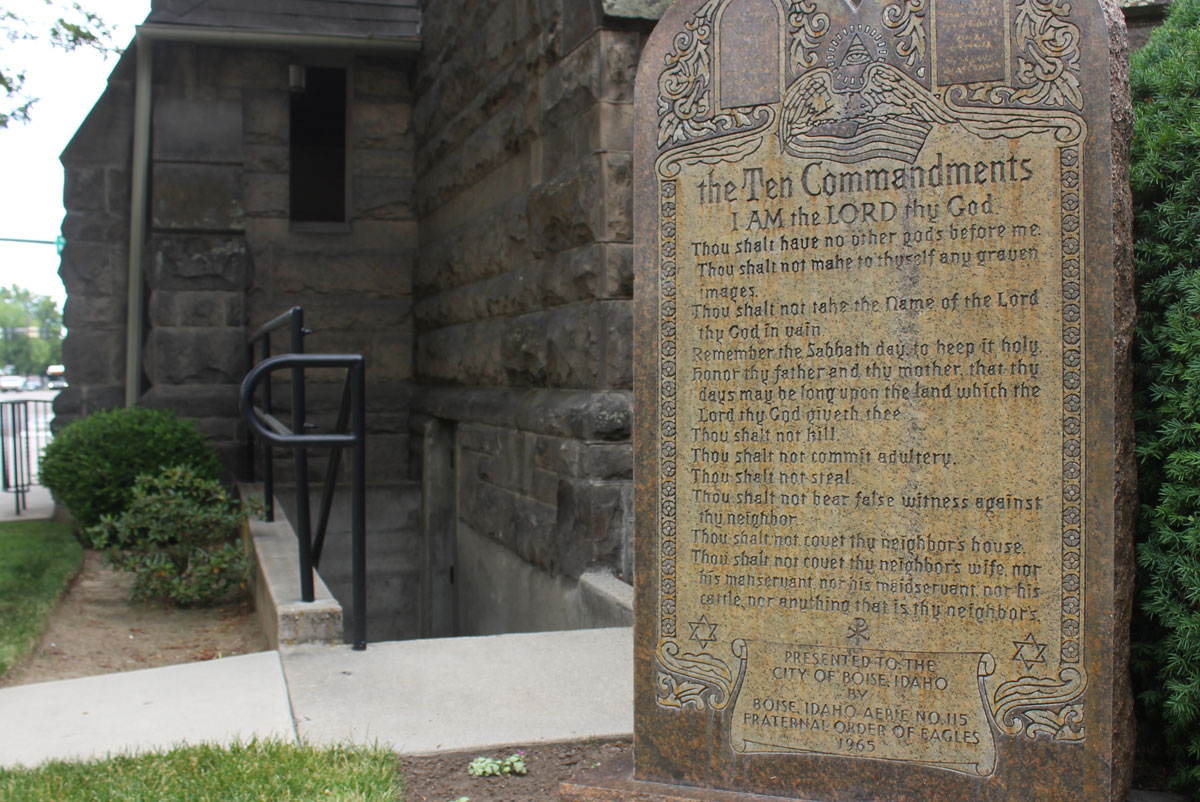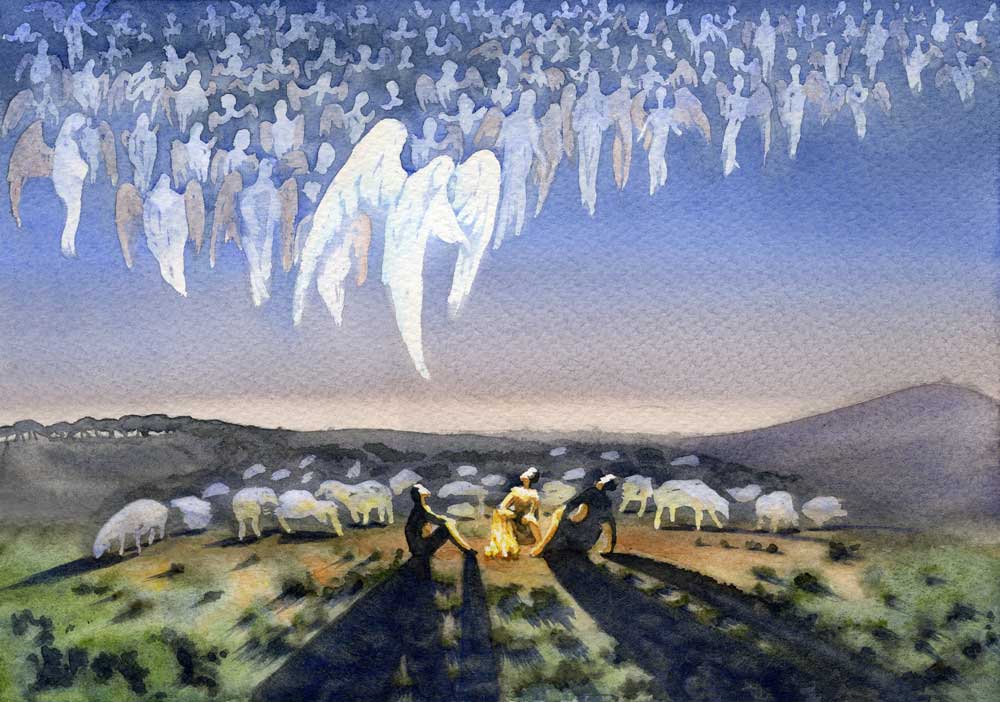Bump & Grind for Jesus
Gary R. Weaver on Redeeming the Culture
So here I am, amidst a “standing room only” crowd in a large, darkened hall, the only light issuing from spotlights trained on the empty stage. The act is announced, and a dozen or more twentyish women in snug-fitting denim and knit fabric take the stage. They have only a few seconds to form a line before the loud rock soundtrack envelopes the room with its pounding drums, pulsating bass, and largely inscrutable vocals.
On musical cue, the performers begin strutting about the stage, jumping, twisting, bending, and waving, mostly in coordinated fashion. Soon they turn their backs to the audience, bend slightly so as to force their backsides to protrude toward us, and proceed to swivel and shimmy their buttocks quite sensually, in the fashion of Elvis (for you oldsters) or hip-hop “booty” dancing (for you youngsters). Then it’s on to similar hip swiveling seen from the front, along with slowly gyrating legs, heads thrown back, arms outstretched, and so on.
The audience sometimes expresses its appreciation—typically with applause, occasionally with a catcall or a hoot. You get the picture, so I needn’t go on, but there is one more important detail: The soundtrack’s inscrutability occasionally breaks for a reasonably clear shout of “Praise God,” whereupon the dancers all point a finger to the ceiling and put a smile on their faces.
You see, I’m not at a Las Vegas show, MTV taping, or worse, but attending chapel at a respected Christian college, and the standing-room-only crowd constitutes most of the student body. Bump and grind for Jesus!
A First Reaction
My first reaction in situations like this is to think frantically: “Where are the grownups?” But the grownups—specifically, a college staff person who looked to be in his forties—not only introduced the student dance group but enthusiastically pressed the crowd for a “rousing hand of applause” upon the conclusion of the group’s routine. The crowd (large, but largely and, I was told, typically devoid of faculty) responded as requested, especially the male students, I thought—the women were somewhat more subdued in their appreciation.
The ceremonies then moved on to the Bible passage for the day, which itself was followed by applause. (Is Bible reading now perceived as entertainment?) Then came the message based on the reading. It was offered by someone from outside the United States—I’d have loved to know his reaction to the “opening act,” an act that probably didn’t prepare the crowd to receive his rather sober message.
I found the whole setting more than incongruous. My son, who is in his late teens and was traveling with me on this occasion, had a simpler description: “It was gross.”
Now, I’ll be the first to admit that when it comes to what usually is called liturgical dance, I as often as not “don’t get it.” On those rare occasions when a bit of liturgical dance occurs in my Lutheran church, perhaps in the context of a special service or program, I try hard to grasp it, though my effort sometimes fails. But I’m willing to grant that it might be my fault and that I shouldn’t criticize or complain without first learning the kinetic language of the dance (which is to say something akin to what I say to people who complain that they are befuddled by the Catholic Liturgy).
But there’s a bit of a difference, I think, between liturgical dance done by my rather conventional Lutherans (e.g., Mary, in flowing robes, dancing out the joy spoken in the Magnificat) and this Christian college chapel. In the latter, the kinetic language seems pretty clear, and it’s mostly the language of MTV, Las Vegas, or maybe even an “exotic dancer” bar in a seedy part of town.
bulk subscriptions
Order Touchstone subscriptions in bulk and save $10 per sub! Each subscription includes 6 issues of Touchstone plus full online access to touchstonemag.com—including archives, videos, and pdf downloads of recent issues for only $29.95 each! Great for churches or study groups.
Transactions will be processed on a secure server.
more on culture from the online archives
more from the online archives
calling all readers
Please Donate
"There are magazines worth reading but few worth saving . . . Touchstone is just such a magazine."
—Alice von Hildebrand
"Here we do not concede one square millimeter of territory to falsehood, folly, contemporary sentimentality, or fashion. We speak the truth, and let God be our judge. . . . Touchstone is the one committedly Christian conservative journal."
—Anthony Esolen, Touchstone senior editor














